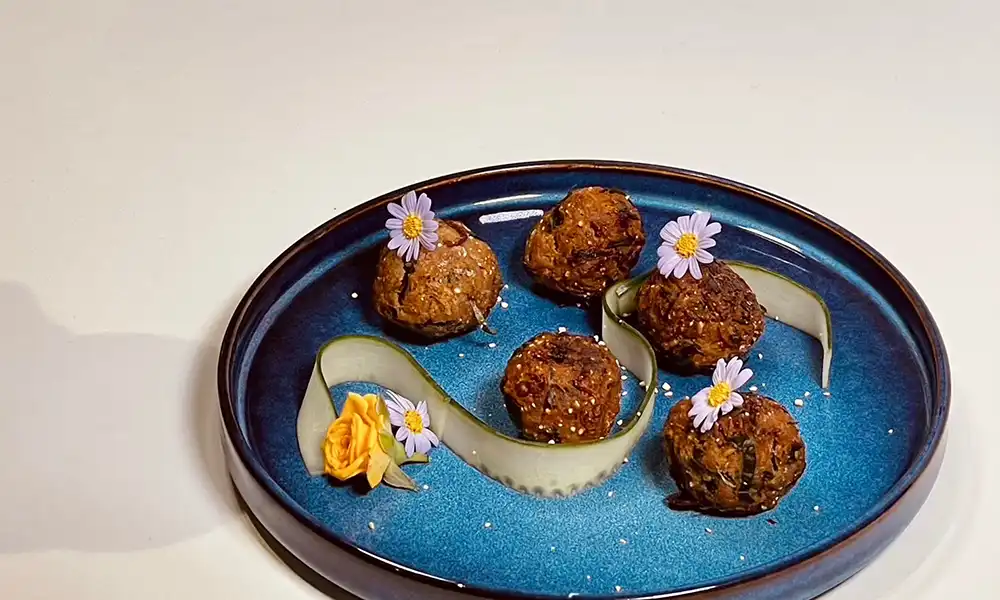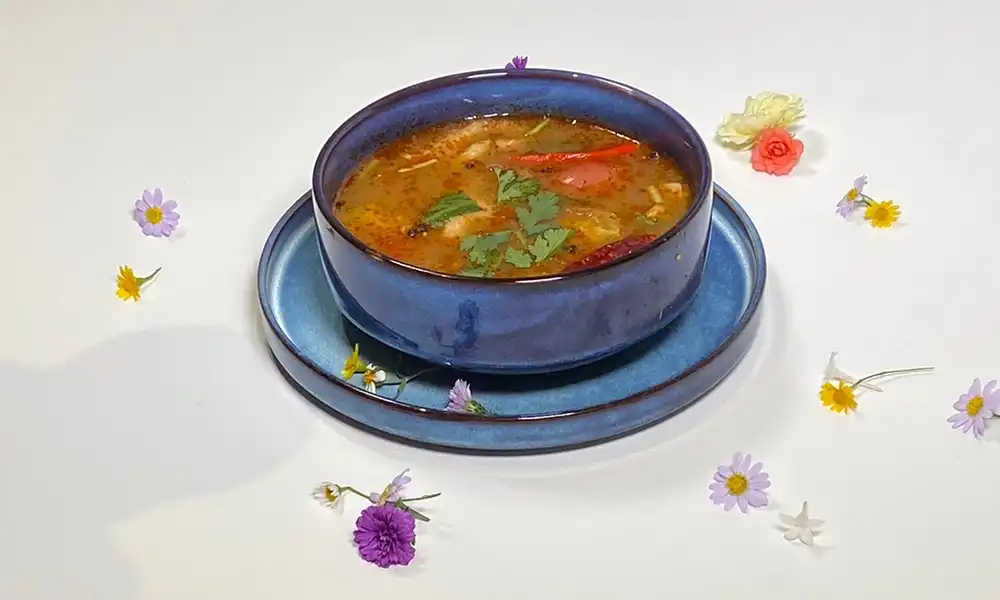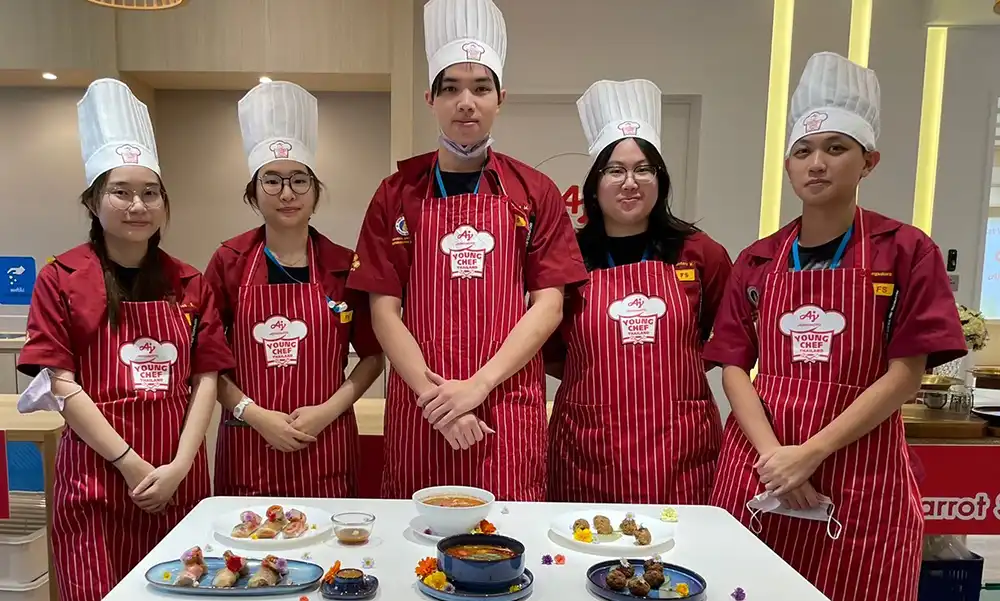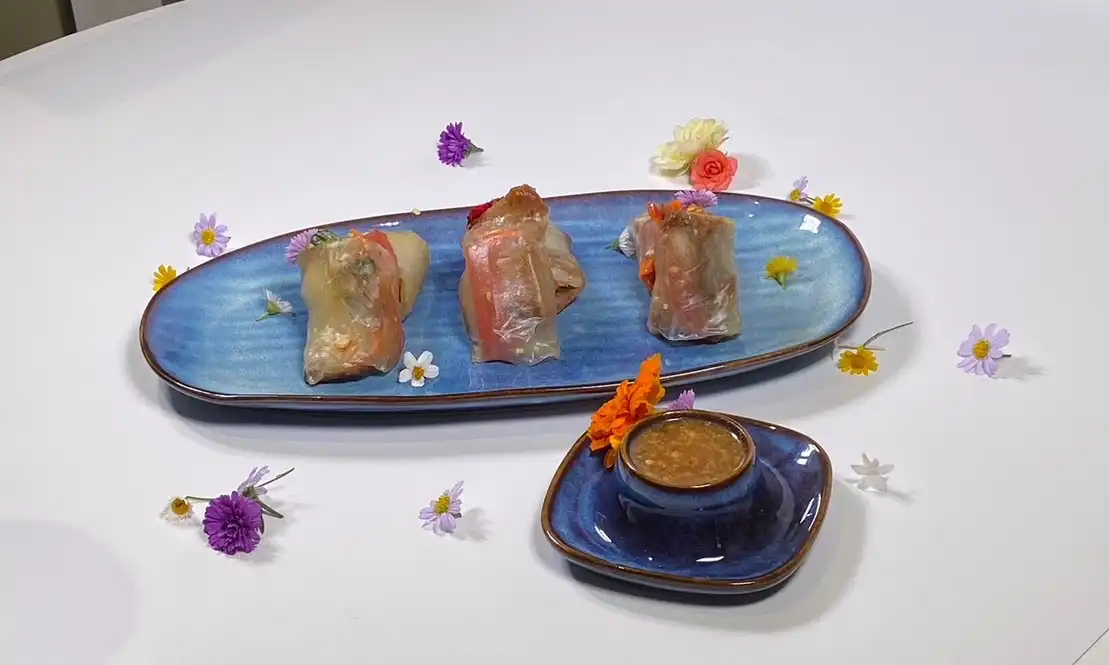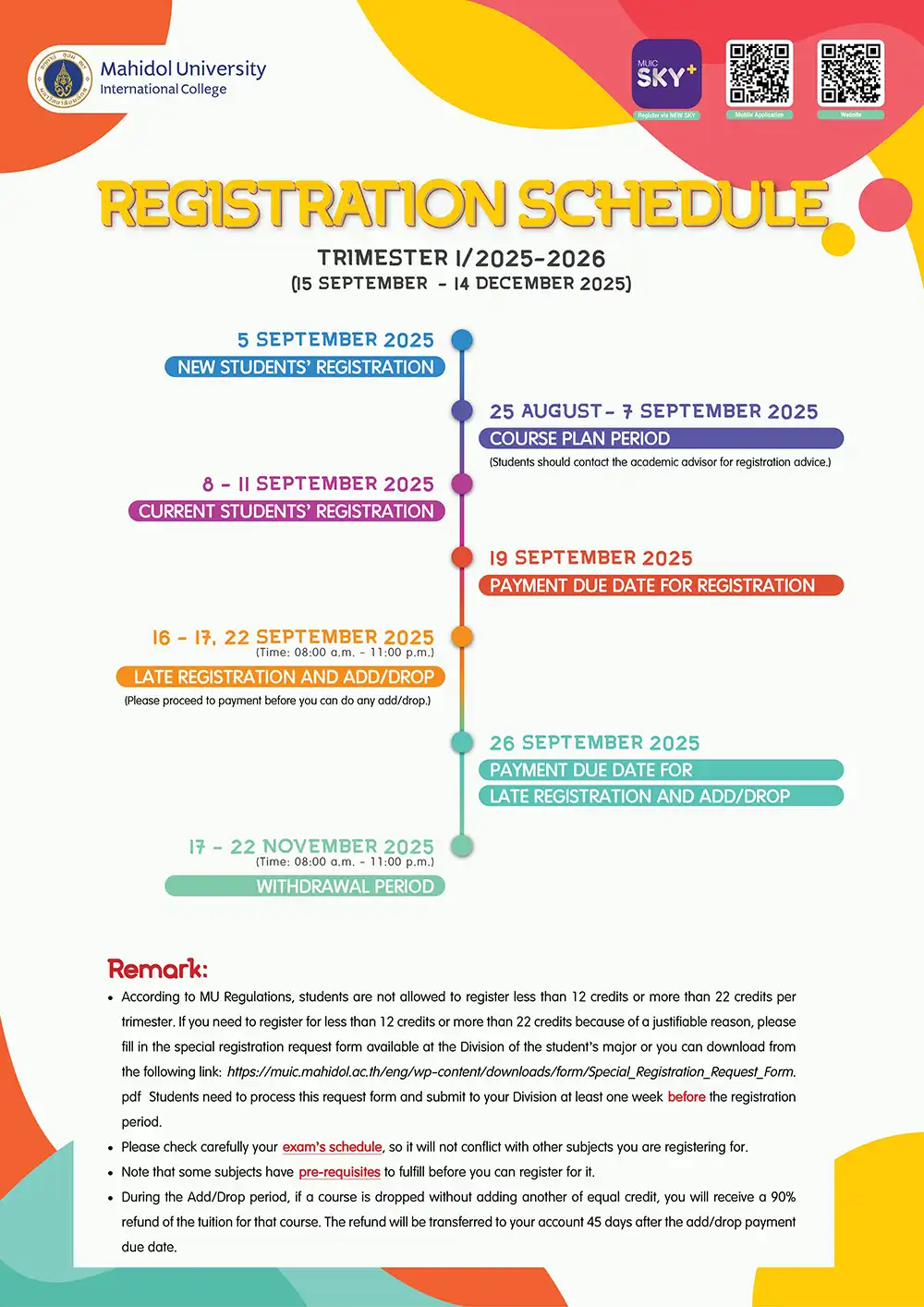Behind-the-Scenes: Ajinomoto Young Chef’s Winning Recipes
May 25, 2023 2023-05-25 10:51Behind-the-Scenes: Ajinomoto Young Chef’s Winning Recipes
Team “RaakYaKaMaiTai” (รากหญ้าฆ่าไม่ตาย) will go down in Mahidol University International College (MUIC) history as the team from the Food Science and Technology major program that won—not just in one but three (!)—categories in “The Ajinomoto Young Chef Thailand Project” in March 2023. Composed of Ms. Waruntorn Karnjanaprapin, Mr. Phatchara Mingmuangthai, Ms. Tunyachanok Saetian, Mr. Pongsakorn Boontawee, and Ms. Chanoknan Thongkrua, this team came up with three dishes that really impressed the judges.
We asked the team to bring us behind the scenes of their healthier recipes—especially their techniques on how they achieved to lower the sodium content of their food entries (which was the overall theme of the competition). Here they are:
Name and Description of their Entries:
- Yum Khor Moo Mhak Nam Pla (ยำคอหมูหมักน้ำปลา): 1st Place in Yum/Stir Fry Category Thai spicy salad with grilled fish sauce-fermented pork in the form of spring rolls
42% sodium reduced from original recipe
- Tom Zaap (ต้มแซ่บ): 2nd Place in Soup Category
Isaan-style spicy and sour soup with chicken thigh, mushroom, chilies, lime juice, galangal, kaffir lime leaves and pounded roasted rice
51% sodium reduced from original recipe
- Larb Tord (ลาบทอด): 3rd Place in Fried Category
Crispy larb meatball mixed with Thai herbs such as kaffir lime leaves, spring onions, shallot and coriander leaves
50% sodium reduced from original recipe
Techniques to Reduce Sodium Content:
- Using less sodium condiments like Mahidol good life less sodium fermented sauce, and potassium chloride or potassium salt (KCl) which has no sodium salt content.
- Using szechuan pepper and cumin to enhance the taste receptor ability including saltiness perception.
- Using Ajinomoto MSG to enhance umami flavor, but add small amounts of sodium to the dish.
- Increase the amount of herbs and spices in the menu to enhance strong flavor.
- In Yum: Using gelatin and ground peanuts to increase the consistency of the sauce to make the taste linger in our mouth.
Pork slicing techniques to increase the surface area of the flavorful part of the pork.
- In Soup: Using Kappa carrageenan in order to increase the amount of KCI used by reducing the astringency taste from KCI and increase consistency of the soup.
Making our team’s special stock from different ingredients that contain natural chemical substances that react together and create umami taste.
- In Larb: Using grilled orenji mushroom incorporated with the pork to enhance and increase the umami flavor.
Fried in higher heat and longer time to create stronger flavor and aroma of fried food as well as make it appear to have a more intense flavor.
The five students also did not forget to thank MUIC and their advisor:
“MUIC provided us with the facilities, food laboratories with a kitchen as well as tools and utensils for us to practice and develop our recipes.”
“Special thanks to our advisor, Ajarn Chutamas Jayuutdisku who helped us a lot by giving us good advice, providing us with her support, and sharing with us her vast knowledge of the techniques that can be used in our dishes. She also helped us immensely with her comments and suggestions during the competition.”
***********
Are you fascinated about food manufacturing and the science behind your favorite dish?
MUIC can help you to become an expert in this subject matter! Enroll in the Food Science and Technology program to learn more about this fascinating and very important sector in our society.
Get more information by clicking here: https://muic.mahidol.ac.th/eng/programs/undergraduate-programs/science/major-in-food-science-and-technology/
